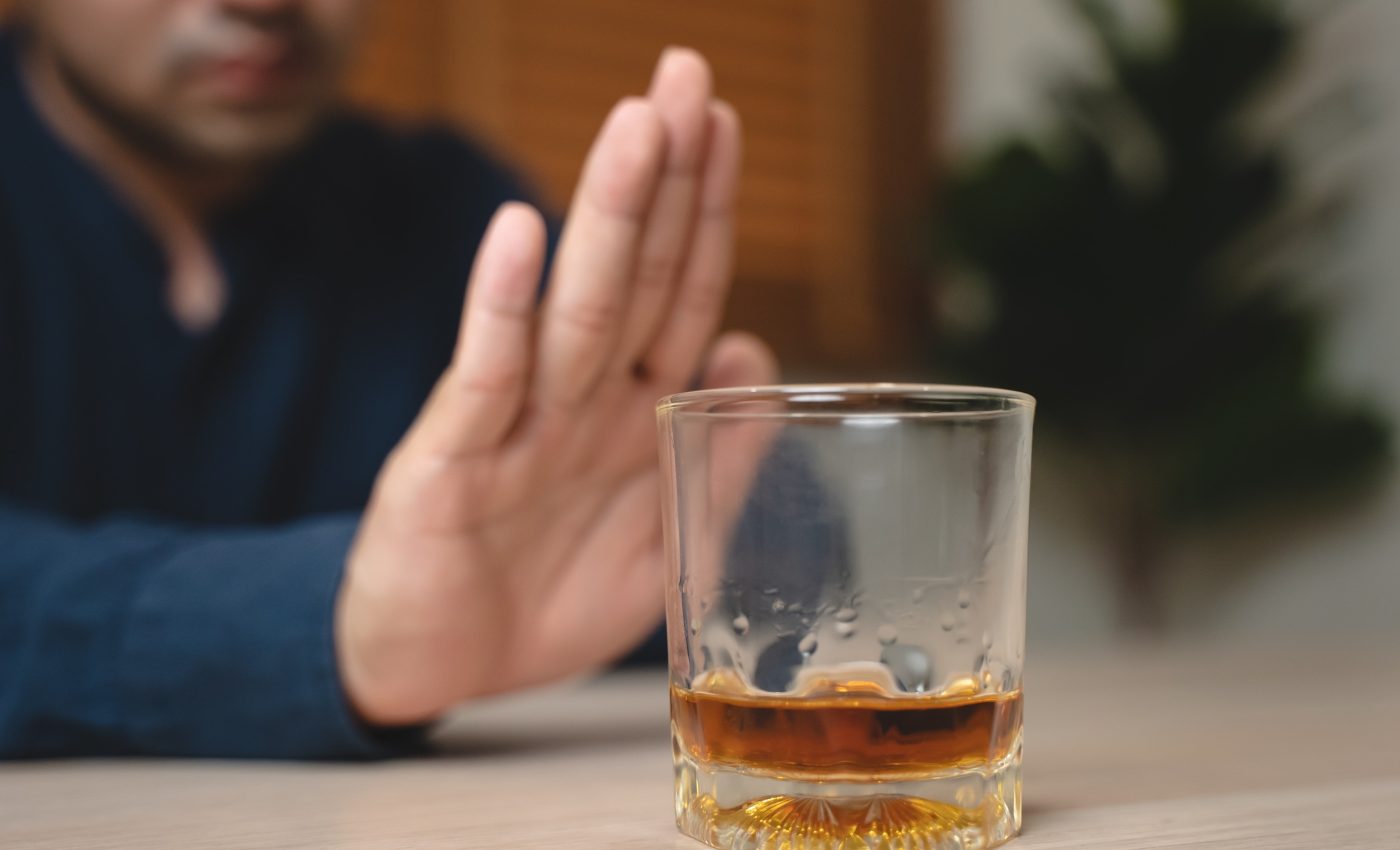
Weight loss drugs unexpectedly help people drink less alcohol
Weight loss drugs are grabbing headlines for their unintended alcohol-related side effects, but not in the way you’d expect. GLP-1 analogues, medications developed to treat obesity, are showing unexpected promise in helping people drink less alcohol.
Imagine shedding pounds and losing the urge to pour another drink – all from the same prescription.
Global toll of alcohol use disorder
Alcohol use disorder isn’t just about heavy drinking. It’s a relentless cycle, consuming lives and claiming 2.6 million victims annually. That’s 4.7% of global deaths.
Despite a lineup of treatments – cognitive behavioral therapy, motivational counseling, medications like disulfiram and naltrexone – the odds are grim. Within a year, 70% of those who seek treatment relapse.
Enter GLP-1 analogues. Originally designed to regulate blood sugar and promote weight loss, these medications are now in the spotlight for another reason. Researchers have begun to notice an unexpected side effect: a significant drop in alcohol consumption.
Weight loss drugs and alcohol cravings
In a world where cravings often overpower intentions, GLP-1 analogues may offer a way to dial down the desire to drink. These drugs target the mesolimbic dopamine pathway – the brain’s reward circuit.
By reducing dopamine release in response to alcohol, they may dampen the motivation to drink, steering behavior away from the bottle. Curious about this potential dual effect, Professor Carel le Roux and his team from University College Dublin set out to investigate.
The study involved 262 adults with a BMI over 27 kg/m² (over 59 lbs/ft²), primarily women, with an average age of 46. Participants were grouped based on their drinking habits: non-drinkers, rare drinkers, and regular drinkers. Then came the GLP-1 analogue intervention.
Four months later, the findings were clear. Among the 188 participants who completed the follow-up, none reported drinking more than before. But their average alcohol intake plummeted from 11.3 units per week to just 4.3 units.
Regular drinkers see biggest drop
For those who drank regularly, the results were even more dramatic. Their alcohol intake dropped by a staggering 68%, falling from 23.2 units per week to 7.8.
“This reduction of 68% is comparable to that achieved by nalmefene, a drug used to treat alcohol use disorder in Europe,” noted Professor le Roux.
The findings echoed those in a broader 15-month study led by Maurice O’Farrell, Faisal I. Almohaileb, and Carel le Roux. Their research, spanning January 2023 to March 2024, followed patients treated with GLP-1 analogues in real-world settings.
Alcohol intake drops, weight loss increases
The numbers tell a compelling story. Before the intervention, average alcohol intake hovered at 11.8 units per week. By the end, it had fallen to 4.3 units – a dramatic reduction mirrored across all drinking categories.
Among those who drank less than 11 units per week, consumption decreased from 5.5 to 2.5 units. High consumers saw their weekly intake slashed from 23.2 to 7.8 units.
Both men and women showed significant drops in alcohol consumption. Women’s intake fell from 10.3 units per week to 3.9, while men reduced theirs from 13.4 to 5.8 units. The researchers found no significant difference in percentage reduction between the sexes.
Link between alcohol and weight loss
As for weight loss, the study recorded a mean reduction of 7.7 kg over the four months. That’s impressive – but the correlation between alcohol reduction and weight loss was surprisingly weak (r = 0.24).
In other words, dropping pounds and drinking less don’t necessarily go hand in hand. However, given the caloric load of alcohol, some degree of weight loss is to be expected. So, what’s the secret?
“The exact mechanism of how GLP-1 analogues reduce alcohol intake is still being investigated but it is thought to involve curbing cravings for alcohol that arise in subcortical areas of the brain that are not under conscious control. Thus, patients report the effects are ‘effortless’,” noted Professor le Roux.
Future research directions
The study had its limitations. Nearly one-third of participants dropped out before the follow-up. Data relied on self-reported alcohol intake, raising the spectre of recall bias. And without a control group, establishing causality remains tricky.
The short study duration further complicates efforts to assess long-term effects. Yet, despite the limitations, the potential implications are hard to ignore. Imagine a single treatment that curbs both weight and alcohol cravings.
Ongoing clinical trials are already probing this dual effect, with early findings suggesting that GLP-1 analogues may indeed reduce alcohol cravings. The next step? Larger, longer-term studies with more diverse populations.
“GLP-1 analogues have been shown to treat obesity and reduce the risk of multiple obesity-related complications. Now, the beneficial effects beyond obesity, such as on alcohol intake, are being actively studied, with some promising results,” noted Professor le Roux.
If these findings hold, GLP-1 analogues could become a game-changer in treating both obesity and alcohol use disorder. Instead of separate treatment plans, patients may benefit from an integrated approach that targets metabolic health and addiction simultaneously.
New hope for a healthier life
The study opens a fascinating window into the broader potential of GLP-1 analogues. Could a medication originally designed to combat obesity also disrupt the cycle of alcohol use disorder?
If so, the implications could ripple across clinics, reshaping how we approach co-occurring metabolic and psychiatric conditions.
While the data are promising, the road ahead is long. More research is needed to clarify the mechanisms at play, assess long-term effects, and explore optimal dosing strategies.
But one thing is certain – GLP-1 analogues are no longer just about weight loss. They may just be the unexpected key to a healthier, more balanced life.
The study is published in the journal Diabetes Obesity and Metabolism.
—–
Like what you read? Subscribe to our newsletter for engaging articles, exclusive content, and the latest updates.
Check us out on EarthSnap, a free app brought to you by Eric Ralls and Earth.com.
—–













